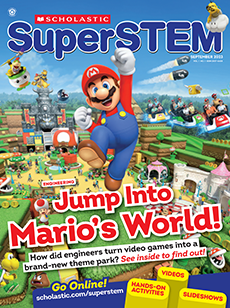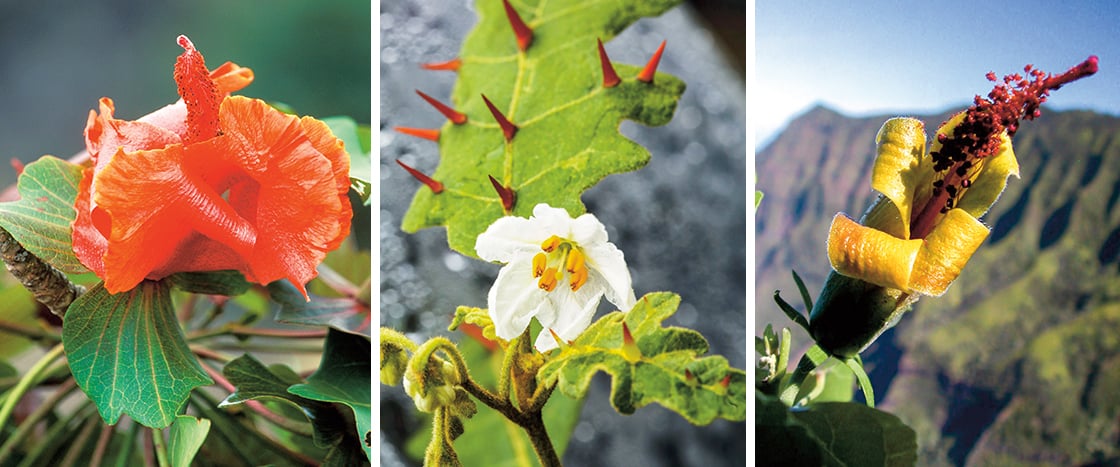Courtesy of National Tropical Botanical Garden
Dustin Wolkis holds a seed of the maiapilo plant, found only in Hawaii.
On the Hawaiian island of Kauai, a bushy plant with a yellow flower clings to the side of a steep cliff. It’s one of just three individuals of this type of plant, called hau kuahiwi (how koo-ah-hee-vee). If the individuals die, the species will go extinct.
Hawaii makes up less than 1 percent of the total land of the U.S. But it’s home to almost half of the country’s endangered plant species. Why are these plants at risk of dying out?
Over time, as people from different parts of the world settled in Hawaii, they brought non-native species with them. These species have become invasive. Non-native plants compete with native ones for space. Non-native goats and pigs gobble up the leaves and seeds of native plants. As a result, many Hawaiian plants can survive only on cliffs where the animals can’t reach them.
Dustin Wolkis is trying to save the plants. He’s the manager of the seed bank and laboratory at the National Tropical Botanical Garden (NTBG) on Kauai. The bank stores nearly 14 million seeds. If a plant population becomes too small, scientists can plant those seeds to try to help the species recover. Wolkis spoke with SuperScience about his work.
A bushy plant with a yellow flower clings to the side of a steep cliff. It’s on the Hawaiian island of Kauai. There are only three individuals of this type of plant. It’s called hau kuahiwi (how koo-ah-hee-vee). The species will go extinct if these plants die.
Hawaii makes up less than 1 percent of the U.S.’s total land. But it’s home to almost half of the country’s endangered plant species. Why are these plants at risk of dying out?
Over time, people from different parts of the world settled Hawaii. They brought non-native species with them. These species have become invasive. Non-native plants fight local ones for space. Non-native animals cause trouble too. Goats and pigs eat local plants’ leaves and seeds. Many Hawaiian plants can survive only on cliffs as a result. That’s where the animals can’t reach them.
Dustin Wolkis is trying to save the plants. He’s the manager of a seed bank and laboratory. It’s at the National Tropical Botanical Garden (NTBG) on Kauai. The bank stores nearly 14 million seeds. Sometimes, a plant’s numbers become too small. Scientists can plant stored seeds to help the species recover. Wolkis spoke with SuperScience about his work.

